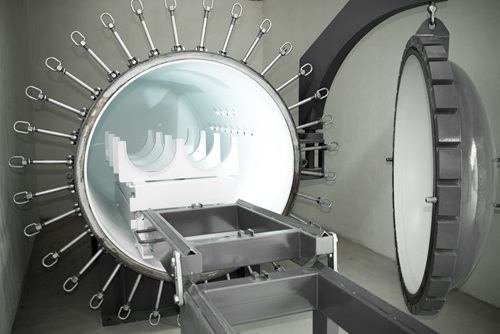The EU’s 2030 climate and energy framework, revised upwards in 2018, sets ambitious targets: at least a 40 percent cut in greenhouse gas emissions compared to 1990 levels; at least a 32 percent share for renewable energy; and at least a 32.5 percent improvement in energy efficiency. The marine sector faces a challenging task to decide which of the many options will best help it to meet these targets. Some scrubbers and alternative fuels such as LNG, methanol or dimethyl ether (DME) can reduce emissions of some pollutants, but they are not effective enough at reducing carbon dioxide.
Batteries and energy-carrying solutions using hydrogen can achieve a more effective reduction in carbon emissions. While batteries generate zero emissions during service, however, they produce nearly equivalent emissions of carbon dioxide across their entire life cycle. Furthermore, they are only suitable for short routes and periods of time. Batteries are certainly useful for approaching and departing a harbour, but not for the entire route.
 Hydrogen, the simplest and most abundant element on earth, offers a highly promising alternative. It is an energy carrier, not an energy source, and it can deliver or store a significant amount of energy. Hydrogen-based solutions for ships would likely take the form of a fuel cell and an electric engine. This would provide sufficient power to cover all the needs of modern vessels while helping to meet the EU’s 2030 emission targets.
Hydrogen, the simplest and most abundant element on earth, offers a highly promising alternative. It is an energy carrier, not an energy source, and it can deliver or store a significant amount of energy. Hydrogen-based solutions for ships would likely take the form of a fuel cell and an electric engine. This would provide sufficient power to cover all the needs of modern vessels while helping to meet the EU’s 2030 emission targets.
What is hindering hydrogen technology? The main bottleneck is production and hence distribution. However, we could be at a turning point now that renewables are increasingly being used to generate hydrogen. The abundance of renewable energy and its intrinsic discontinuity make it more advantageous to convert and store energy in hydrogen-based energy carriers, with a consequent reduction in costs.
There are already interesting projects involving hydrogen underway – including two projects in Australia that are working towards the goal of exporting hydrogen to power the 2020 Tokyo Olympics – and we frequently see new cars, buses, trucks and trains with hydrogen propulsion systems appearing on the market. But there is still a long way to go. Technological enhancements in hydrogen production and distribution are still needed, as are solutions for cost reduction and availability. Regulations, such as the IMO Resolution MSC.402(97) Interim Recommendations for Carriage of Liquefied Hydrogen in Bulk, need further clarification in several fundamental areas.
Materials for the safe storage and usage of hydrogen as an energy carrier are a key issue and one of RINA’s major research focuses right now. Working closely with shipowners, and with the help of state-of-the-art laboratories for high-pressure testing of materials, RINA is helping to develop innovative materials, technologies and solutions to overcome the challenges and enable the marine industry to unlock the potential of hydrogen to meet our ambitious climate goals.